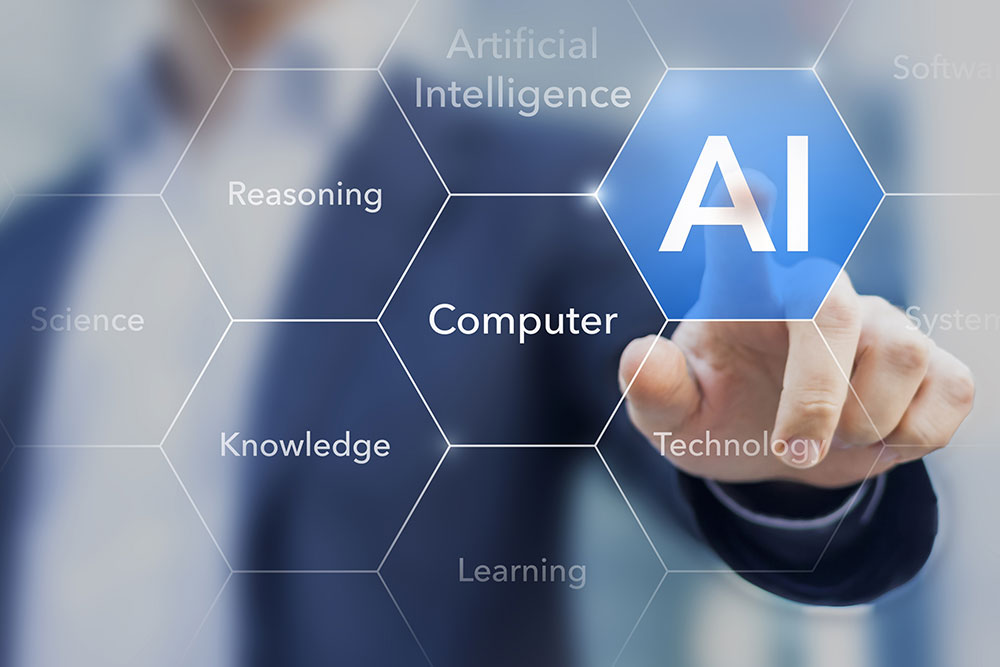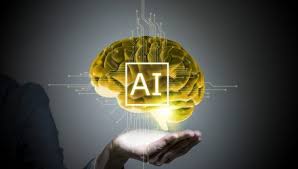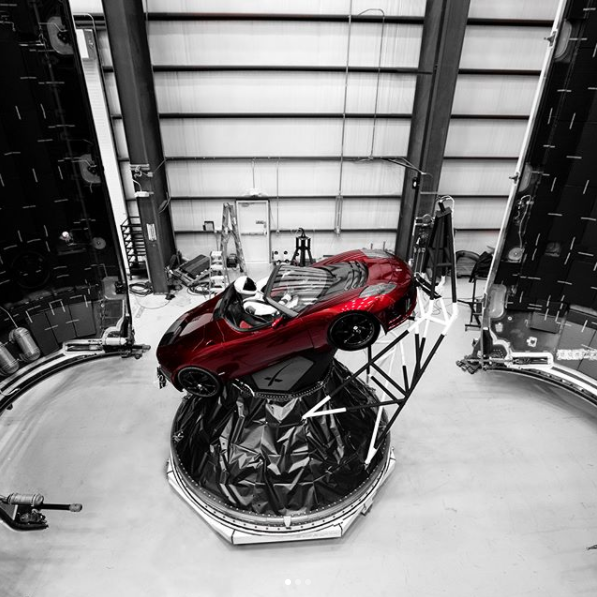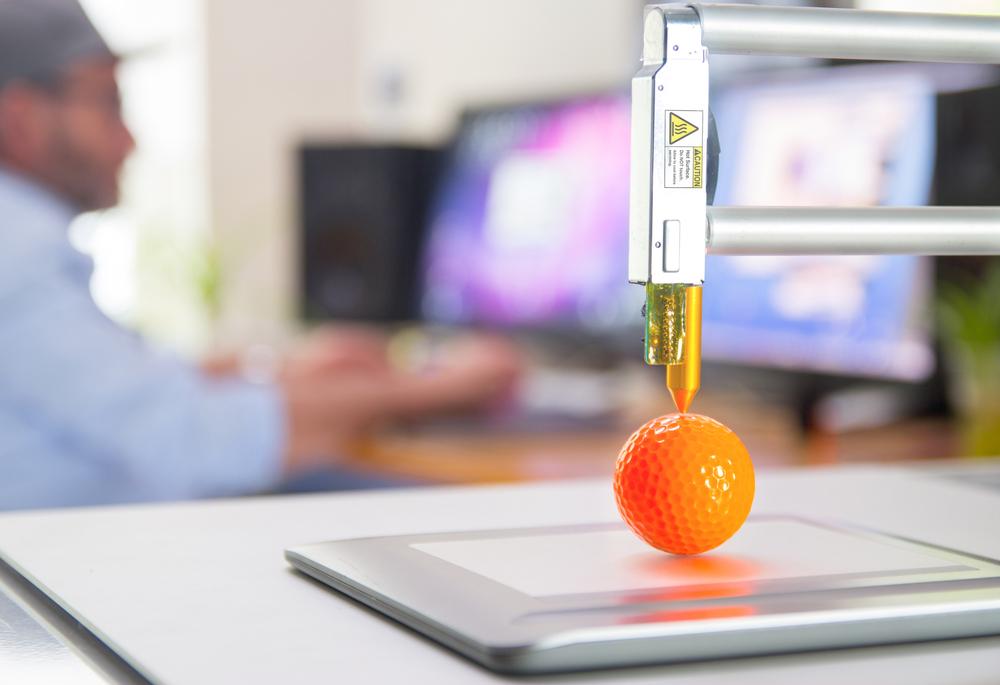Sofia: The Revolutionary Humanoid Robot Changing Perspectives
Discover Sofia, the humanoid robot that has made headlines worldwide. Developed by Hanson Robotics, Sofia is equipped with advanced AI, facial expressions, and social skills. Recognized as the first robot citizen and UN Innovation Champion, she exemplifies the latest in robotics innovation. Explore her origins, design, capabilities, and potential roles in various industries, along with ongoing debates about AI's future and the quest for genuine machine consciousness. Sofia continues to captivate the world as a leading scientific marvel.
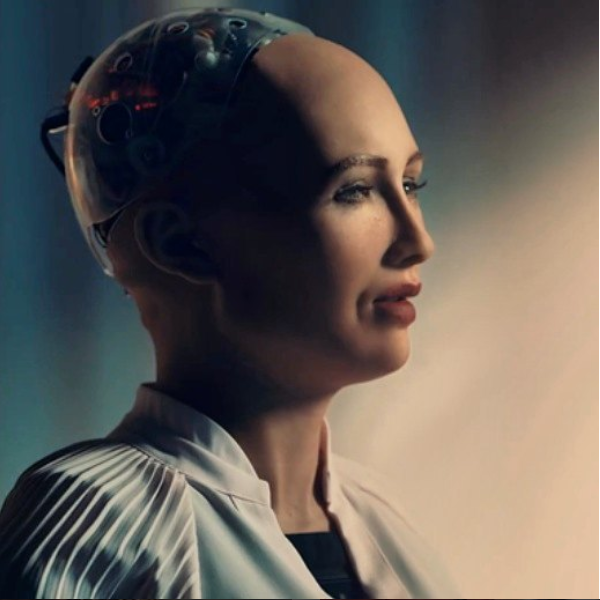
Introducing Sofia: The Humanoid Robot That Has Captivated the World
With her elegant appearance, expressive brown eyes, and long lashes, Sofia made headlines worldwide. But she isn’t human—she’s a groundbreaking humanoid robot designed with advanced social abilities. Created by Hanson Robotics in Hong Kong, Sofia was first activated on April 19, 2015, and showcased at the South by Southwest (SXSW) festival in March 2016. In October 2017, she achieved the distinction of becoming the first robot awarded Saudi Arabian citizenship, marking a historic milestone.
In November 2017, Sofia was named the United Nations Development Programme’s first Innovation Champion, making her the first non-human titleholder within the UN. Capable of expressing over 62 different emotions, Sofia has attracted global media attention through high-profile interviews and her impressive responses. While some experts suggest her answers are scripted, her sophisticated interactions continue to fascinate audiences worldwide.
Origins and Development
Sofia is the outcome of collaboration among leading experts at Hanson Robotics, with technical contributions from Google and SingularityNET. Alphabet Inc. enhanced her voice recognition capabilities, while SingularityNET provides her cognitive functions. Inspired by actress Audrey Hepburn, Sofia's design aims to emulate human-like conversation and reasoning. Her AI system processes visual data and facial recognition, allowing her to analyze interactions and improve over time.
Design and Functionality
As part of a family of seven humanoid robots, Sofia's concept echoes early conversational AI like ELIZA, which initiated human-computer dialogue. Her software provides pre-programmed answers that mimic spontaneous responses, creating an illusion of real intelligence. Equipped with cameras in her eyes, she can identify people, maintain eye contact, and track faces. Google's voice recognition technology allows her to understand and respond to speech. Recently, she was upgraded with functional legs, enabling basic movement.
Abilities and Practical Uses
Sofia is designed to perform human roles without emotional responses, making her suitable for fields such as healthcare, customer service, and education. Demonstrating a sense of humor, she often responds with witty remarks, indicating significant progress in AI communication capabilities. Despite her mechanical tone, her ability to engage socially marks a step toward more human-like interactions.
Final Thoughts
While Sofia appears remarkably close to human likeness, true consciousness remains elusive. Her responses are largely scripted, highlighting the difference between simulated intelligence and genuine understanding. Some believe her development signals a milestone toward Artificial General Intelligence, while others argue true AI consciousness is still on the horizon. Nevertheless, Sofia remains one of the most remarkable technological achievements of recent times.



